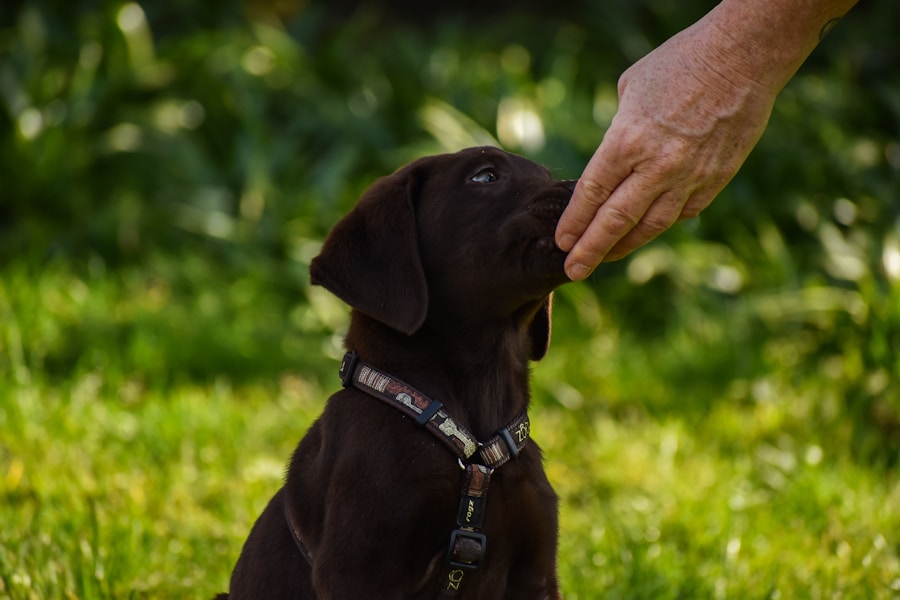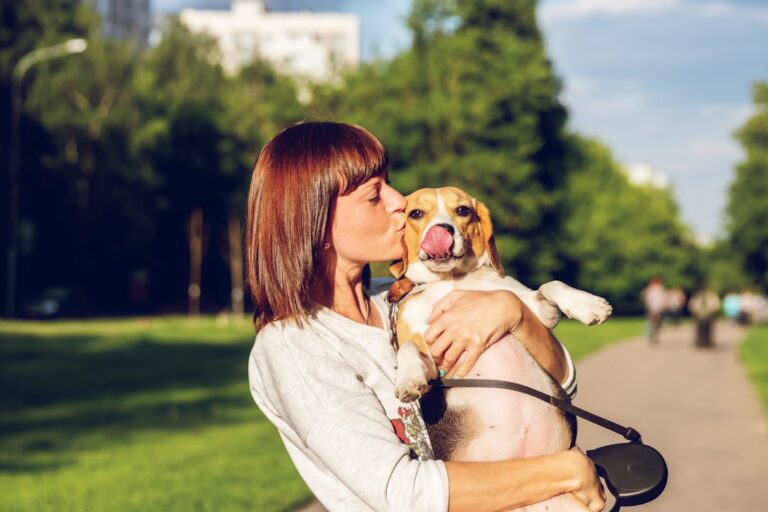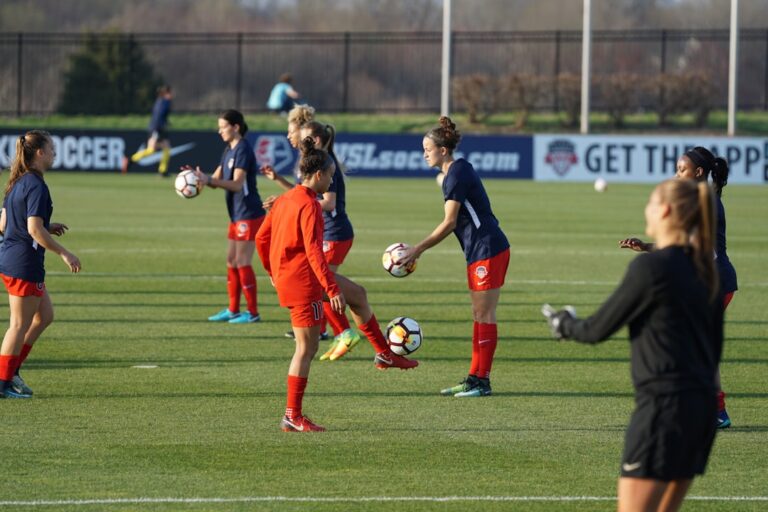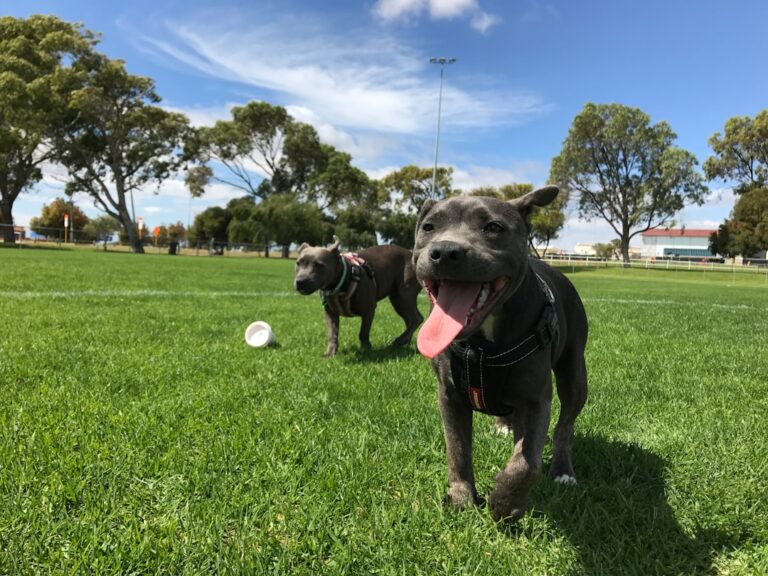Service dogs play a crucial role in the lives of individuals with disabilities, providing assistance that enhances their quality of life and independence. These specially trained animals are not merely companions; they are working dogs that perform specific tasks to help their handlers navigate daily challenges. The Americans with Disabilities Act (ADA) defines service animals as dogs that are individually trained to do work or perform tasks for people with disabilities.
This can include a wide range of tasks, from guiding individuals who are visually impaired to alerting those who are deaf, or even providing support for individuals with psychiatric conditions such as PTSD. The tasks performed by service dogs are tailored to the unique needs of their handlers. For instance, a service dog may be trained to retrieve medication, provide balance support for someone with mobility issues, or even detect changes in blood sugar levels for individuals with diabetes.
The bond between a service dog and its handler is often profound, as these dogs not only assist with physical tasks but also offer emotional support and companionship. This relationship can significantly reduce feelings of isolation and anxiety, allowing individuals to engage more fully in their communities.
Key Takeaways
- Service dogs play a crucial role in assisting individuals with disabilities in their daily lives, providing physical and emotional support.
- When selecting a dog for service dog training, it’s important to consider the breed, temperament, and health of the dog to ensure they are well-suited for the role.
- Essential commands and skills for service dogs include obedience, task-specific training, and socialization to ensure they can effectively assist their handler.
- Creating a positive and supportive training environment is essential for the success of service dog training, including using positive reinforcement and consistency.
- Building a strong bond with your service dog is crucial for effective communication and teamwork, achieved through spending quality time together and understanding each other’s needs.
Selecting the Right Dog for Service Dog Training
Choosing the right dog for service work is a critical step in the process of training a service dog. Not all dogs possess the temperament or physical attributes necessary for this demanding role. Generally, breeds that are known for their intelligence, trainability, and calm demeanor are preferred.
Labrador Retrievers, Golden Retrievers, and German Shepherds are among the most commonly selected breeds due to their friendly nature and eagerness to please. However, mixed breeds can also make excellent service dogs if they exhibit the right characteristics. When selecting a dog, it is essential to consider not only the breed but also the individual dog’s personality and health.
A suitable candidate should be sociable, confident, and able to remain calm in various environments. Additionally, health screenings are vital to ensure that the dog is physically capable of performing the required tasks without suffering from any underlying medical conditions. Prospective handlers should spend time with potential candidates to assess their behavior and compatibility before making a decision.
Essential Commands and Skills for Service Dogs

Training a service dog involves teaching them a variety of commands and skills that are essential for assisting their handlers effectively. Basic obedience commands such as “sit,” “stay,” “come,” and “down” form the foundation of a service dog’s training. These commands not only ensure that the dog behaves appropriately in public settings but also establish a communication system between the handler and the dog.
Consistency in training is key; using positive reinforcement techniques such as treats, praise, and play can help reinforce desired behaviors. Beyond basic commands, service dogs must learn specific tasks tailored to their handler’s needs. For example, a mobility assistance dog may be trained to brace against their handler to provide support while walking or to retrieve dropped items.
A psychiatric service dog might learn to recognize signs of anxiety or panic attacks and respond by providing comfort or interrupting the episode. The training process can be extensive and requires patience, as each skill must be practiced repeatedly until the dog can perform it reliably in various situations.
Creating a Positive and Supportive Training Environment
| Metrics | Results |
|---|---|
| Employee Satisfaction | 85% |
| Employee Retention Rate | 90% |
| Training Completion Rate | 95% |
| Positive Feedback from Trainees | 92% |
A positive training environment is essential for effective service dog training. This environment should be free from distractions and stressors that could hinder the dog’s learning process. It is beneficial to establish a routine that includes regular training sessions, playtime, and socialization opportunities.
Training should be approached as an enjoyable experience for both the handler and the dog, fostering a sense of teamwork and cooperation. Incorporating socialization into training is also vital. Service dogs need to be comfortable in diverse environments, including crowded public spaces, busy streets, and various social settings.
Gradually exposing them to different stimuli—such as other animals, loud noises, and unfamiliar people—can help build their confidence and adaptability. Positive reinforcement during these experiences will encourage the dog to remain calm and focused, reinforcing their ability to perform tasks under varying circumstances.
Building a Strong Bond with Your Service Dog
The relationship between a handler and their service dog is built on trust, respect, and mutual understanding. Establishing a strong bond is crucial for effective teamwork; it enhances communication and ensures that the dog is attuned to the handler’s needs. Spending quality time together outside of training sessions can strengthen this bond significantly.
Activities such as playing fetch, going for walks, or simply relaxing together can foster a deeper connection. Handlers should also engage in activities that promote mental stimulation for their dogs. Puzzle toys, scent work, and obedience games can keep a service dog mentally engaged while reinforcing their training.
This not only helps maintain their skills but also contributes to their overall well-being. A well-bonded service dog is more likely to respond positively to commands and cues from their handler, making them more effective in their role.
Handling Public Access and Etiquette with a Service Dog
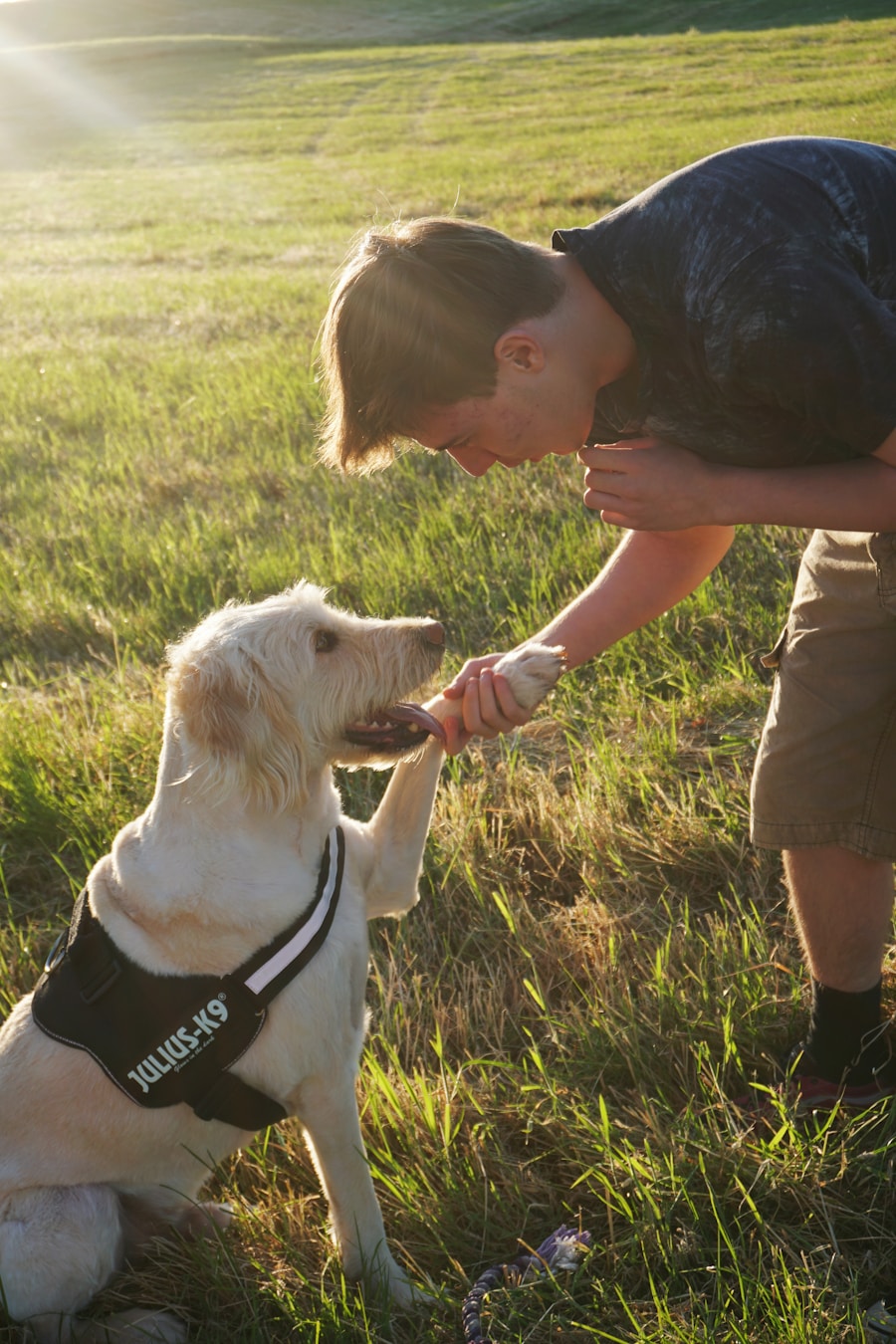
Navigating public spaces with a service dog requires an understanding of both legal rights and proper etiquette. Under the ADA, service dogs are allowed in all public places where their handlers are permitted, including restaurants, stores, and public transportation. However, it is essential for handlers to be aware of how to advocate for themselves and their dogs while maintaining respect for others in these environments.
Handlers should be prepared to educate others about their service dog’s role when necessary. This may involve explaining that service dogs are working animals and should not be distracted or petted without permission. Practicing good etiquette includes keeping the dog focused on its tasks and ensuring it remains calm in busy settings.
Handlers should also be mindful of their dog’s comfort level; if a situation becomes overwhelming for the dog, it may be necessary to step outside or find a quieter space until they can regain composure.
Dealing with Challenges and Setbacks in Service Dog Training
Training a service dog is not without its challenges; setbacks can occur at any stage of the process. Handlers may encounter difficulties such as behavioral issues, lack of motivation from the dog, or unexpected distractions during training sessions. It is important to approach these challenges with patience and adaptability.
Recognizing that every dog learns at its own pace can help handlers maintain realistic expectations. When faced with setbacks, it may be beneficial to reassess training methods or seek guidance from professional trainers who specialize in service dog training. Sometimes, changing the environment or introducing new training techniques can reignite a dog’s enthusiasm for learning.
Additionally, celebrating small successes along the way can help maintain motivation for both the handler and the dog during challenging times.
Maintaining and Continuing Training for a Successful Service Dog
The journey with a service dog does not end once initial training is complete; ongoing maintenance and continued training are essential for long-term success. Regular practice of commands and skills helps reinforce what the dog has learned while keeping them mentally stimulated. Handlers should incorporate training into daily routines, ensuring that both they and their dogs remain engaged in the learning process.
Continuing education can also involve attending workshops or classes designed specifically for service dogs and their handlers. These opportunities allow handlers to learn new techniques while providing socialization experiences for their dogs. Additionally, staying informed about advancements in service dog training methodologies can enhance the effectiveness of ongoing training efforts.
By committing to lifelong learning and adaptation, handlers can ensure that their service dogs remain reliable partners throughout their lives together.




